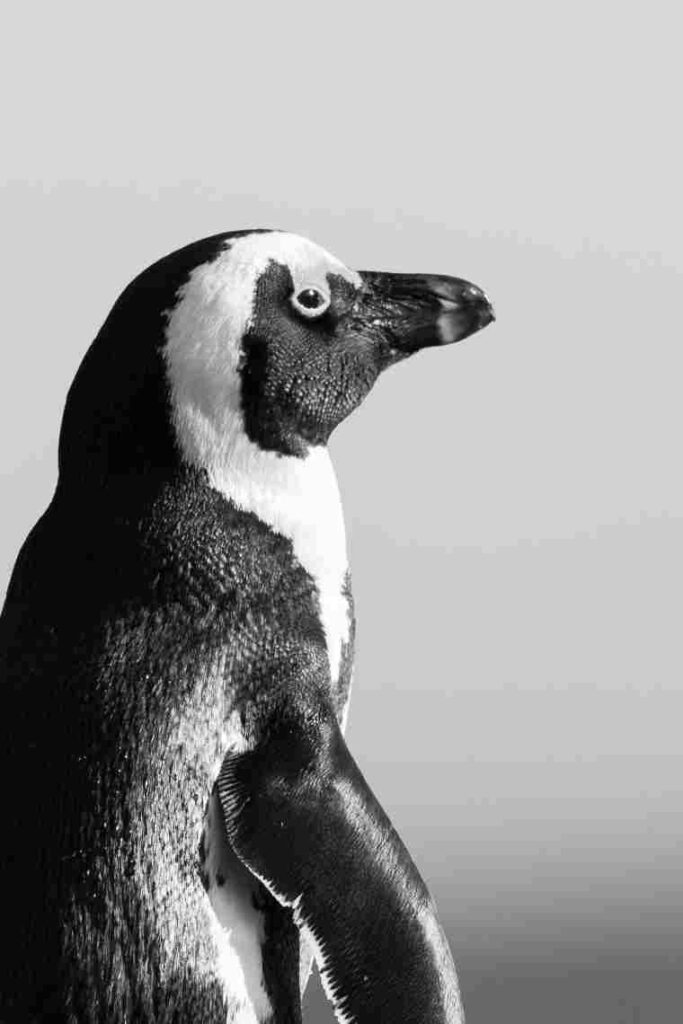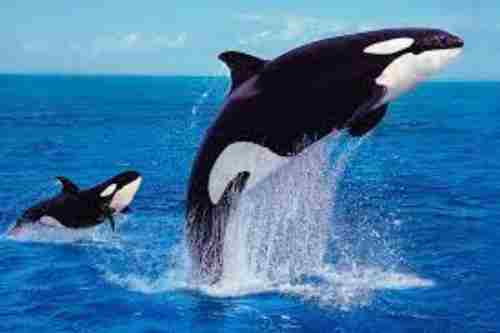In the vast palette of nature, black and white stand as timeless hues that adorn a remarkable array of creatures. The animal kingdom is graced by the presence of enchanting black and white animals, each possessing a unique allure that captivates the beholder. This article invites you to delve into a monochrome wonderland, where the stark contrasts of black and white animals in various patterns, stripes, spots, and contrasting shades across different species.
From the iconic stripes of zebras to the intricate patterns on giant pandas, these animals wear their contrasting colors with elegance and purpose. Discover the beauty and significance of these monochromatic marvels, exploring the evolutionary reasons behind their striking appearances and how they navigate their habitats with such distinctive attire. Join us on a journey to unveil the mesmerizing tales of black and white animals that grace our planet with their timeless and bold presence.
Table of Contents
Evolution and Adaptations:
The distinctive black-and-white markings seen in various animals have evolved over time as a result of complex interplays between genetics, natural selection, and environmental factors. Evolutionarily, these striking patterns have often been influenced by a need for survival and adaptation. For example, in species like zebras, the black and white stripes serve as a form of disruptive camouflage, making it harder for predators to single out an individual in a group.
Additionally, the contrasting colors may help regulate body temperature in animals living in diverse habitats. Black can absorb and retain heat, while white reflects it, offering a way to manage thermal conditions effectively. These adaptations showcase the remarkable ways in which animals have evolved to not only survive but thrive in their environments.
Moreover, the black and white patterns often play roles in social signaling, mating displays, or warnings to potential predators, further emphasizing the intricate role these colors have in the animal kingdom’s evolutionary tapestry.
Panda (Giant Panda):

The Giant Panda, a charismatic and beloved icon of China, is instantly recognizable by its distinctive black and white coat. The black patches around their eyes and ears, coupled with their black arms and legs, contrast sharply against the predominantly white fur covering the rest of their body.
These gentle giants are specialized bamboo eaters, primarily residing in the bamboo forests of China. Unfortunately, they are classified as an endangered species due to habitat loss and low birth rates. Efforts to protect and conserve the pandas and their habitat are crucial to ensure their survival and preserve the striking beauty of their black and white markings.
Zebra:

Zebras, majestic creatures native to Africa, are renowned for their mesmerizing black and white striped coats. The striking contrast of these stripes is not only visually stunning but also serves as a natural defense mechanism against predators. The unique stripe patterns are as distinct as fingerprints, varying among individual zebras.
Found in grasslands, savannas, and plains, zebras form tight-knit social groups and are known for their strong herding instincts. This distinctive black-and-white coloration is a testament to the marvels of evolutionary adaptation and continues to captivate and amaze wildlife enthusiasts and conservationists alike.
Skunk:

Skunks, with their instantly recognizable black fur and distinct white stripes, are infamous for their potent defensive mechanism. When threatened, skunks can emit a noxious spray from their anal glands, deterring potential predators with the foul-smelling liquid. The black-and-white warning coloration serves as a visual deterrent, signaling danger to would-be attackers.
Skunks are omnivorous creatures found primarily in the Americas and are known for their scavenging habits. Despite their sometimes unpleasant reputation, skunks play an important role in controlling insect populations and contribute to the delicate balance of the ecosystem.
Dalmatian Dog:

Dalmatians, a distinctive and easily recognizable dog breed, are known for their striking black or liver-colored spots on a white coat. Originating from Dalmatia (a historical region of Croatia), these unique markings set them apart and make them highly popular in various cultures.
Dalmatians are known for their intelligence, energy, and loyalty. They have been featured in movies, books, and art, often portrayed as firehouse mascots or companions to firefighters. The contrast of their black or liver spots against a white background creates a visually stunning and appealing appearance, making Dalmatians cherished and sought-after pets for families around the world.
Penguin:

Penguins, masters of the cold and mighty oceans of the Southern Hemisphere, exhibit a striking black and white plumage. Their black backs and wings provide camouflage from predators when viewed from above, blending seamlessly with the deep ocean. On the other hand, the white front acts as camouflage from potential prey, disguising them against the bright sky as they swim.
Penguins are known for their unique waddle and are exceptional divers and swimmers. Their black-and-white coloration is a fascinating adaptation that highlights the beauty of nature’s design, allowing these incredible birds to thrive in their icy and challenging habitats.
Arctic Fox:

The Arctic fox, a master of adaptation to the frozen landscapes of the Arctic, dons a white coat in winter and a brownish-gray one in summer. This change in coloration helps them blend into the snow during winter, providing effective camouflage against predators and aiding in stalking prey.
In summer, their darker fur allows them to blend into the tundra and rocky terrain. These beautiful creatures are incredibly well-adapted to their environment, showcasing the remarkable ways in which animals evolve to survive and thrive in harsh conditions. The black-and-white transformation of their fur is a testament to their resilience and the wonders of natural selection.
Orca (Killer Whale):

The Orca, also known as the killer whale, is an awe-inspiring marine mammal with a distinct and striking black-and-white coloration. Their upper side is mostly black, adorned with distinctive white eye patches and patches behind their dorsal fins. The underside is primarily white, extending from the chin to the belly.
This unique black-and-white pattern plays a role in camouflage, disruption, and communication within their pods. Orcas are highly intelligent and social animals, showcasing complex behaviors and a tight-knit social structure. Their iconic black and white appearance accentuates their powerful and magnificent presence in the world’s oceans, captivating the hearts and imagination of many.
Black and White Colobus Monkey:

The Black and White Colobus Monkey, with its black fur and contrasting white face framed by a distinct mantle of hair, is an iconic primate species found in the forests of Africa. This coloration, unique to each individual, sets them apart and allows them to blend effectively within the foliage of their habitat.
They are skilled climbers and spend most of their time in trees, where their black-and-white appearance offers excellent camouflage. These monkeys are herbivorous, primarily feeding on leaves and vegetation. The striking black-and-white pattern of their fur exemplifies the beauty of nature’s design and showcases the adaptability of these remarkable creatures to their arboreal surroundings.
Final Words:
The captivating world of black and white animals is a testament to nature’s artistic prowess, revealing the beauty and functionality that can arise from the simplest color palette. From the elegance of penguins to the regal allure of orcas, these monochromatic marvels inspire awe and admiration. Their black and white coats, stripes, spots, or plumage are not only visually stunning but also vital for their survival and adaptation in the wild.
As we explore and appreciate the diverse array of black and white animals, let us celebrate the wonders of evolution and the incredible strategies these creatures have developed over millions of years. The harmony of black and white in the animal kingdom reminds us of the remarkable ways in which nature combines simplicity and complexity to create a symphony of life that continues to enchant and inspire us.
Reference:
- https://www.britannica.com/story/are-zebras-white-with-black-stripes-or-black-with-white-stripes
- https://blog.wcs.org/photo/2018/07/18/zebras-born-black-white-and-brown-grevys-zebra-bronx-zoo-africa-zookeeper/
- https://indie88.com/melanistic-animals/







